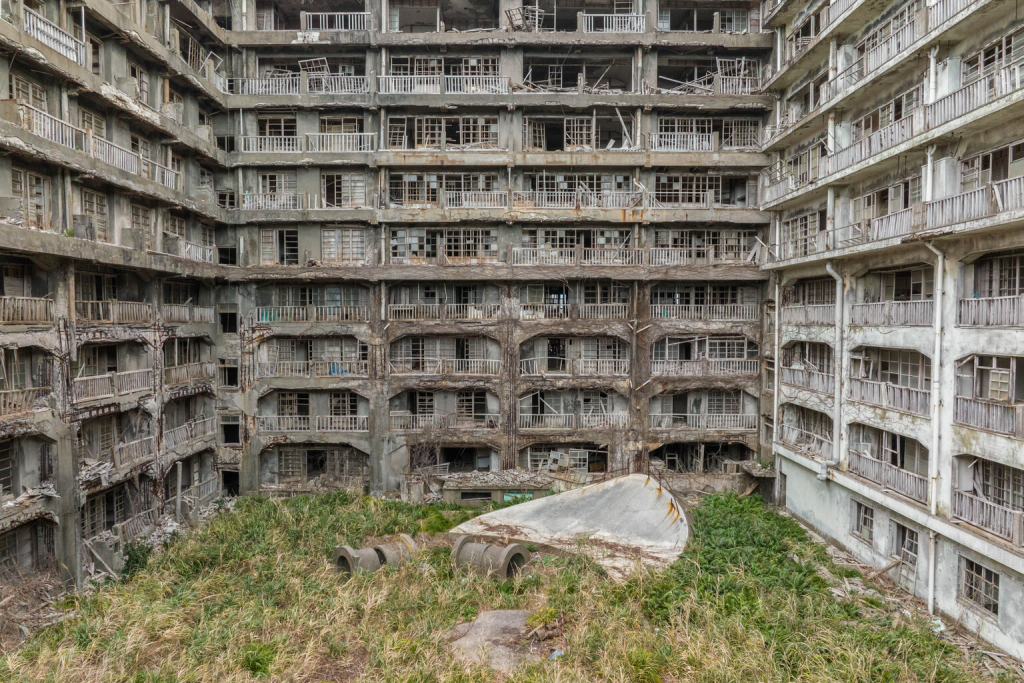In Japan’s bustling metropolises, where architecture and technology constantly evolve, the fabric of life feels as if it’s being updated and refined at an almost unstoppable pace. But hidden within the layers of cities and dotted throughout the countryside are relics of the past, time capsules from bygone eras. These are places where the dynamic energy of human lives was once felt within their walls, but have now been abandoned and left to decay. These are Japan’s haikyo.
Tokyo-based photographer Ben Beech has been exploring and documenting haikyo for almost a decade. His passion for seeking out and sharing the stories of abandoned structures around the country has culminated in a portfolio of curious images from off the beaten track. We spoke with Beech to understand more about haikyo and to discover the stories behind some of his favorite images.
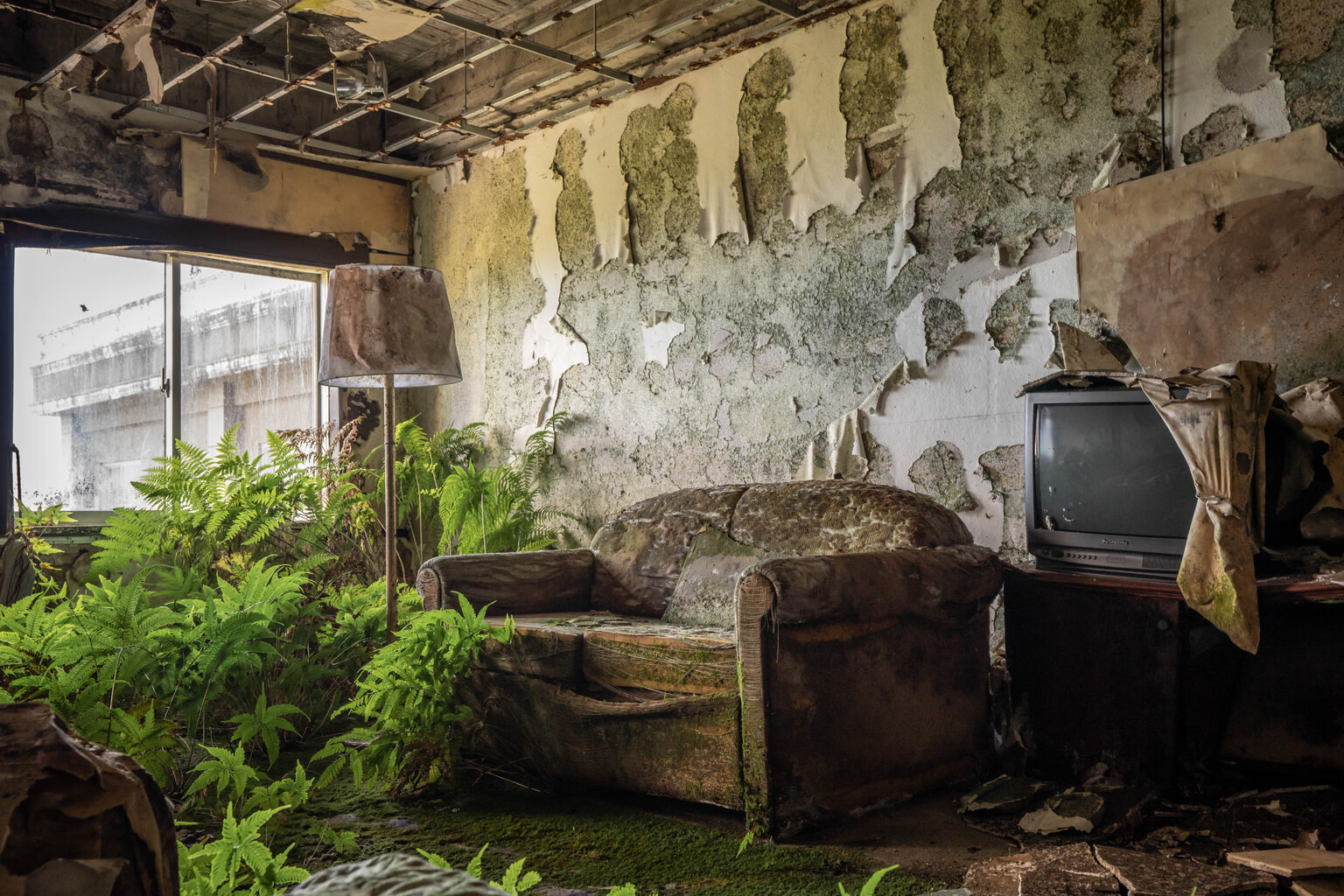
Shoot Traces of the Past, Leave None of Your Own
The term “haikyo” — literally, “obsolete ruins” — is used to describe all manner of abandoned or derelict man-made locations, including schools, clinics, amusement parks, private residences, bathhouses and, in some cases, entire communities that decamped en masse. Around the globe, the subculture of exploring abandoned, hidden or off-limits man-made structures is known as urban exploration, often abbreviated as “urbex.” Over the past few years, urbex has surged in popularity, a trend ostensibly fueled by social media, as adventurers share eye-catching scenes from places very few people have been — hidden war bunkers, disused shopping malls, or even the top of skyscrapers. By contrast, haikyo is narrower in its scope, with more of a distinct focus on abandoned structures.
While part of the appeal lies in the freedom to explore, there is a popular saying among the haikyo community: “Take nothing but photographs, leave nothing but footprints.” Beech says the subculture of haikyo creates a deep respect for each location to ensure that they are left exactly as they were found. Explorers often don’t reveal the addresses or coordinates of locations, not in an effort to stop others from participating, but to ensure that these locations are found by those with the right intentions. As Beech explains, “It’s more about keeping certain types of people away — for example, taggers, looters and people who generally enjoy trashing places for the sake of it.”
There is also an inherent element of danger involved. Many places have been abandoned for years without maintenance. Crumbling floors, waterlogged ceilings and rusty objects create the potential for serious accidents to occur. “Make sure you know exactly where you’re going, what you’re doing, and any dangers involved,” advises Beech.
There’s also the shadowy issue of trespassing. While the intentions of most haikyo enthusiasts are to observe and document, the terms on which these locations are entered and explored are, at times, ambiguous. Permission is often difficult or impossible to obtain.
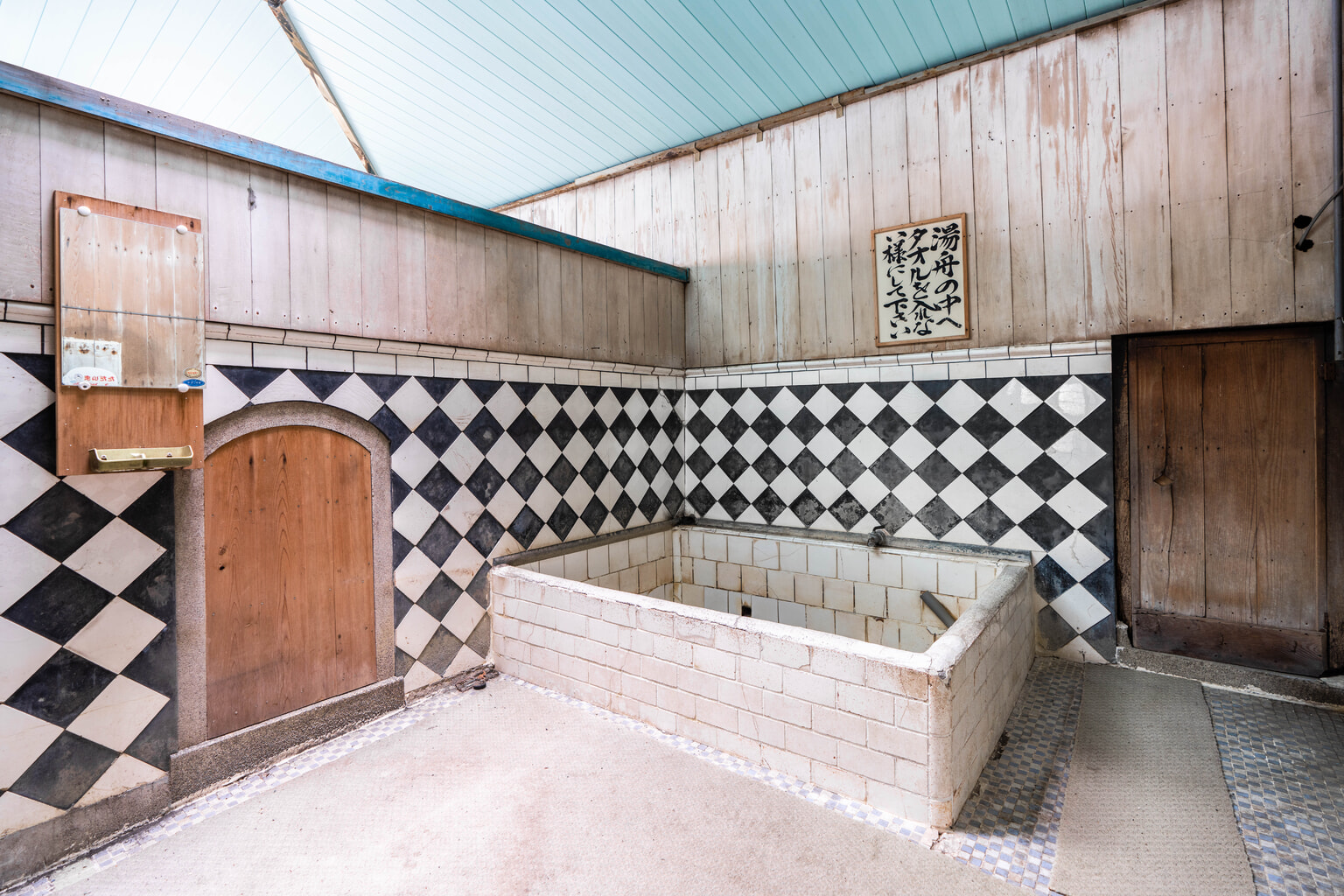
A Fading Past
While ruins and abandoned structures exist all around the world, there are specific circumstances that have contributed to the vast range of haikyo found all across Japan. After World War II, the country entered a period of spectacular economic growth that saw skyrocketing assets, easily obtainable credit and cash at a surplus. Families fitted their homes with modern appliances, such as televisions and refrigerators; skyscrapers filled city skylines; and extravagant hotels were constructed for people who, finding themselves in a period of unexpected affluence, could spend their money on travel and leisure.
It felt like a period of limitless prosperity, until it all imploded in the early 1990s, when the economic bubble burst and the Japanese stock market crashed. Banks and businesses became insolvent, individuals went bankrupt, and the entire country stagnated. Homes, hotels and businesses that were too expensive to maintain were simply abandoned, and incomplete buildings were left unfinished.
But the crash wasn’t — and isn’t — the only cause. As Japan’s population continues to decline and people migrate to larger cities in search of job opportunities, there are entire villages throughout Japan that are on the precipice of completely vanishing. Some already have. Many of these locations still look exactly as they did on the day the people left. Reading glasses remain folded carefully on dusty desks, shoes are lined up by front doors, and yellowing calendars mark a moment paused in time.
There’s often no good reason to proceed with demolition. Arranging to knock down the building or structure can be very expensive and, in some cases, holding onto the building can result in tax reductions or exemptions. It’s simply easier and cheaper to just leave it standing.
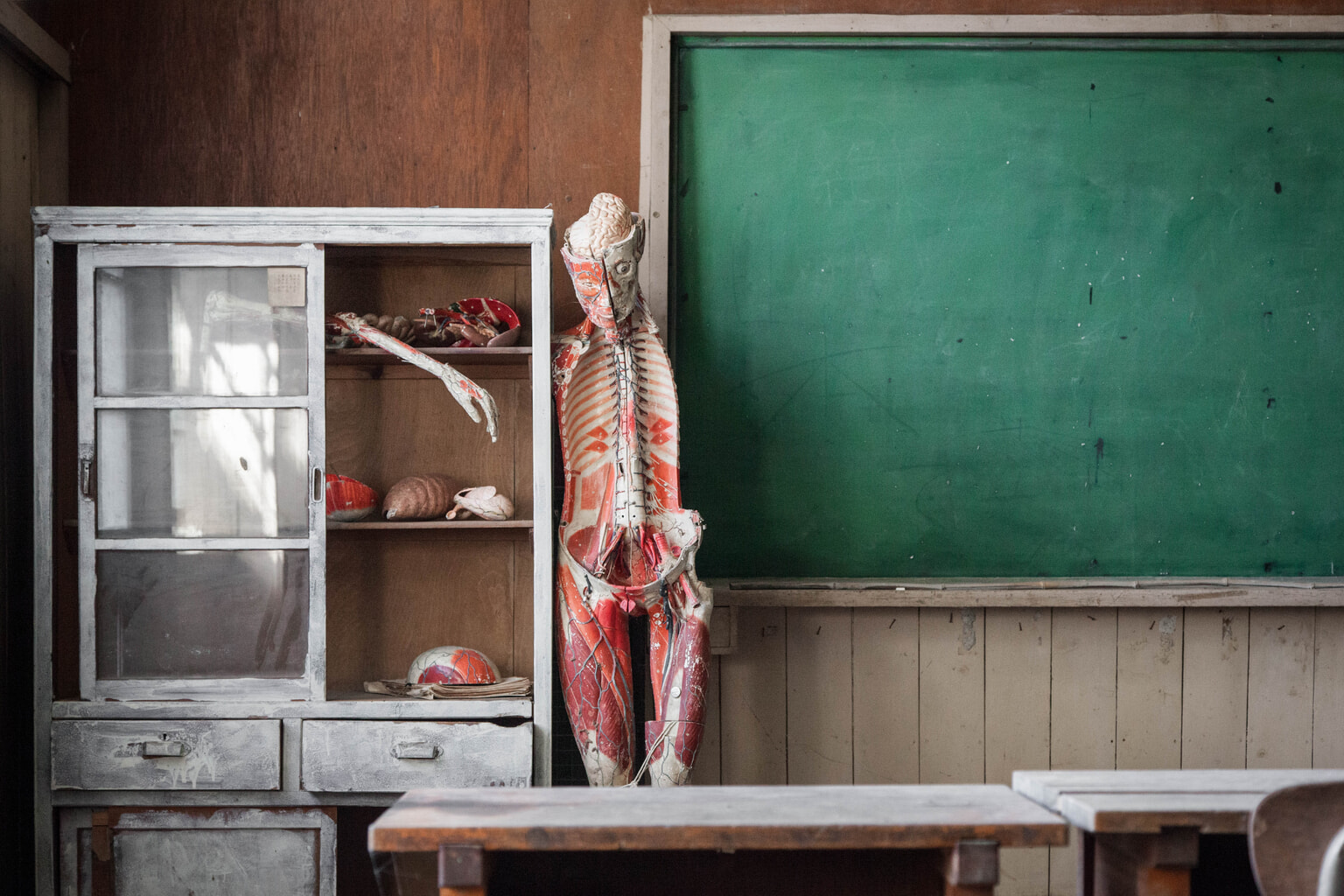
Stories From Other Lifetimes
For those with an interest in history and documenting the past, haikyo offer a rare opportunity to experience a place forgotten by modern society, surrounded by silent clues that work together to tell its story. They invite your imagination to run wild as you picture what could have been. Who lived here? What did they do? Where did they go?
“When stepping inside a haikyo, you can see all manner of objects and artifacts from the past. In this respect, it’s similar to visiting a museum, minus the element of curation, and, of course, the gift shop and long lines,” says Beech.
One place that has made an impression on the photographer is an abandoned clinic with a melancholic past that lies in a small town on the outskirts of Tokyo. His photographs document medicine bottles still lining the shelves, a newborn’s bathtub and operating table sitting disused, and various work tools sprawled out on a desk, slowly collecting dust.
“I was curious to know what had happened here,” Beech explains, “so I spoke with a local resident about the history of the building. She told me that the clinic had been run by a doctor who single-handedly served the local community. After he passed away, his loving wife decided to leave the practice standing exactly as it was in his memory. Then, when the wife passed away some years later, leaving no family behind, the clinic found itself ownerless.”
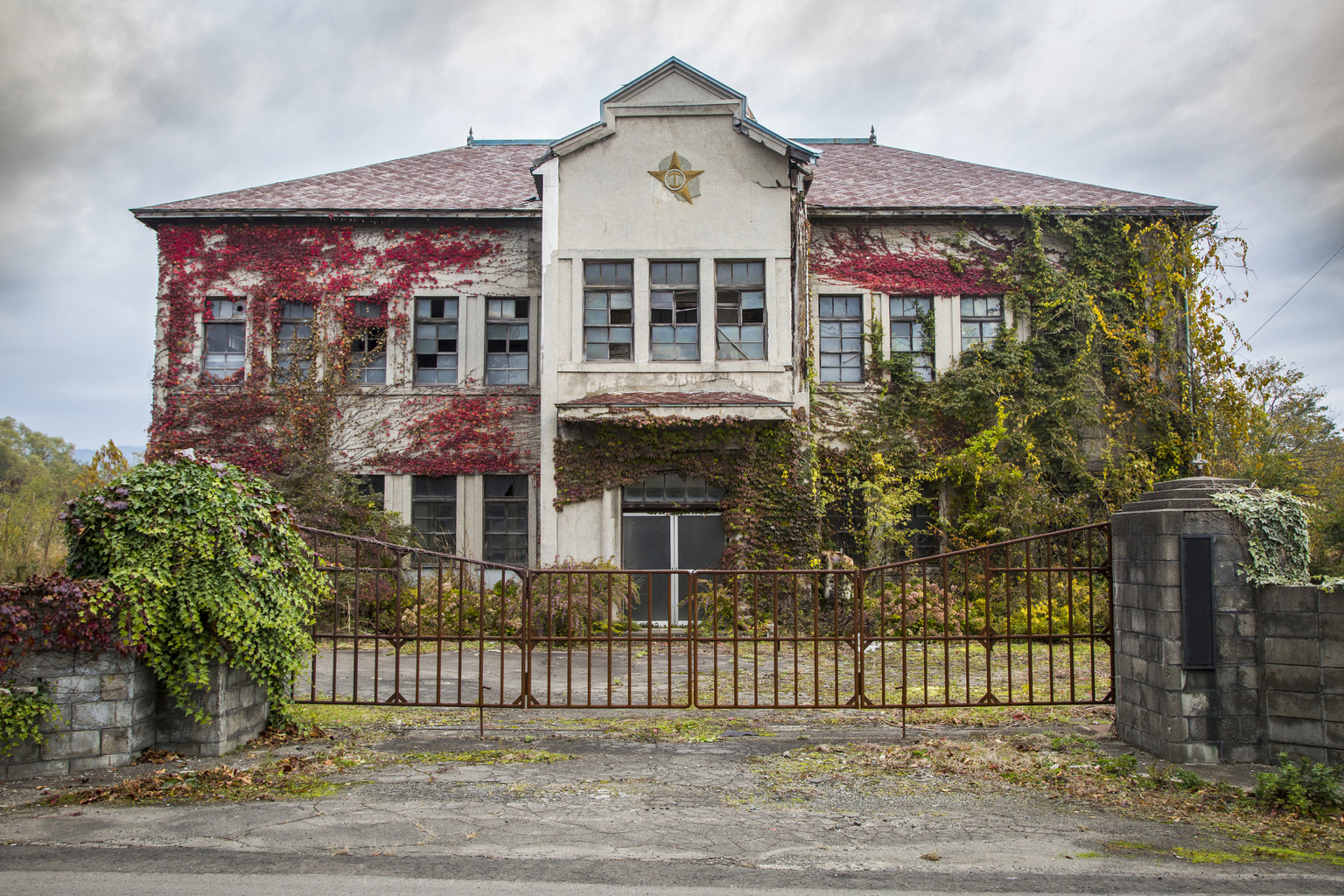
Elsewhere, in a rural and mountainous part of Japan, a family-run iron smelting business founded in the early 1880s now sits completely abandoned. Again, Beech was driven to learn more about its past, scrolling through texts online. “It seems business at the ironworks boomed during the two world wars when Japan was producing an array of weaponry for use at home and abroad,” says Beech. “With their newfound fortune, the owners gave the site a complete makeover at the start of World War II. The new concrete headquarters, with its distinctly European feel, really stood out, marking a stark contrast to the rice paddies and rural farmland that surrounded it at the time. It was the pride and joy of not only the family, but the entire surrounding community, as it brought income and jobs to the town.”
The increased use of steel in Japan in the ’90s led to a drop in demand for iron, and the company finally closed its doors for good in 2000. Since then, it has sat in ruins behind locked gates, with vines creeping slowly along its facade.
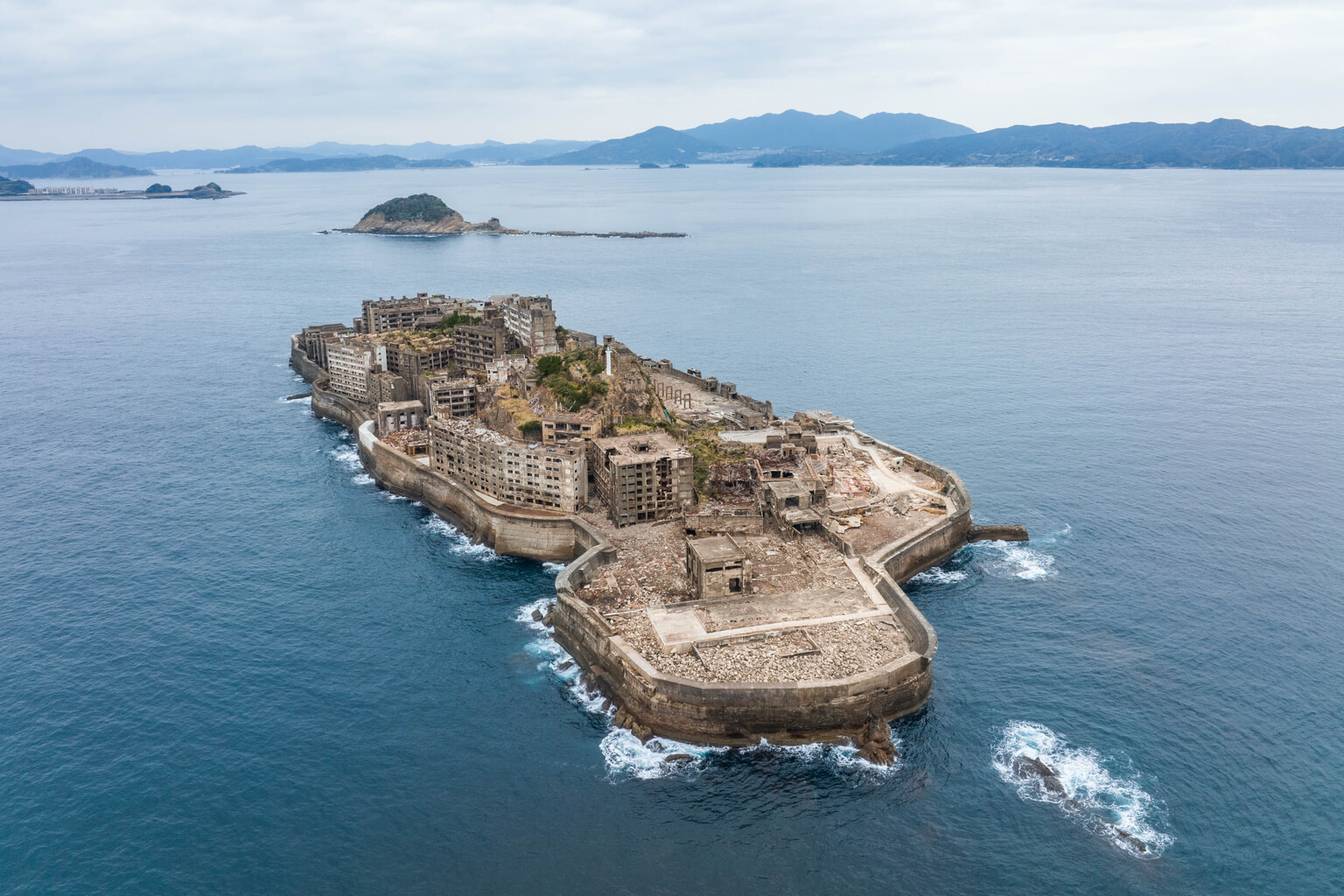
While the vast majority of haikyo are homes and businesses, one of the most well-known in Japan is an entire island. Hashima Island, also known as Gunkanjima (Battleship Island) owing to its unique warship silhouette, was established by Mitsubishi Company in 1887 as an offshore mining facility. Business boomed as industrialization progressed at breakneck speed, and miners flocked to the island with their families. Despite the limited space on the island, a town developed with residences, a hospital, schools, a marketplace and even a swimming pool. This would at one point have the world’s highest recorded population density, nine times that of Tokyo.
Yet, as domestic demand shifted from coal to oil, business began to decline. In 1974, the mining facility closed and residents left the island searching for new opportunities. While visitors were banned from entering the island until 2009, the allure of this iconic haikyo could not be ignored, and guided tours are now available.
“Exploring Gunkanjima is, in many ways, every haikyo enthusiast’s dream,” says Beech. “It’s an island of crumbling concrete, decaying structures and encroaching nature. And the town is a complex maze of narrow alleyways every which way you look. The place is utterly fascinating.”
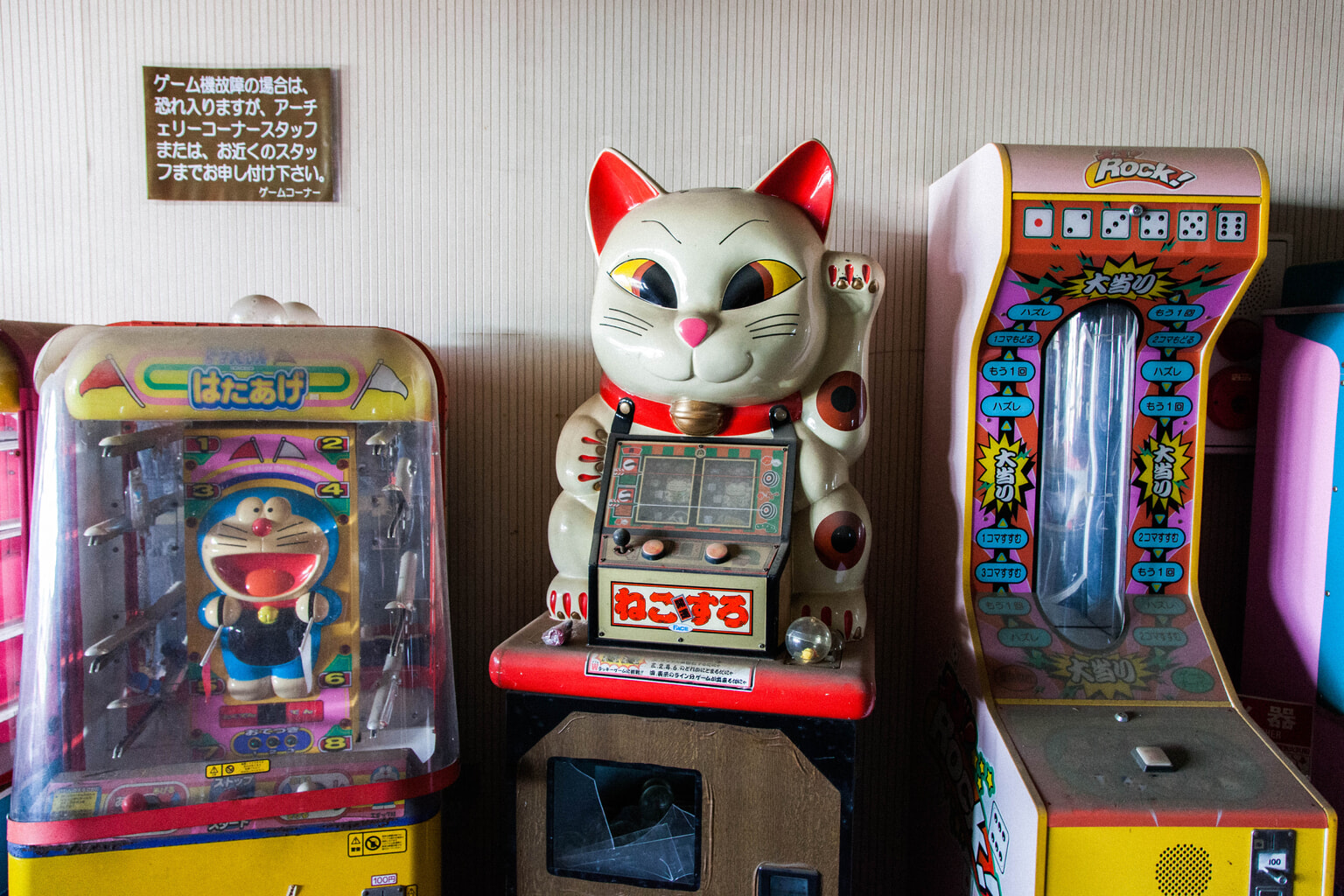
Birth, Life, Death, Repeat
While society may have forgotten these places, nature has not. In many instances, it has already latched on and begun the enchanting process of swallowing our man-made structures. Inside an old hotel room, the worn-out sofa and sagging wallpaper is surrounded by a lush ferny undergrowth. In another room, the wine-red carpet has been overthrown by green moss, only leaving remnants of the original color in the shadows where the moss cannot thrive. Elsewhere, a temple stands in ruins, almost completely reclaimed by the surrounding forest.
“For me, these striking juxtapositions of man versus nature remind us that we will all eventually return to the earth,” says Beech. “The cycle of birth and death is inherent in everything, and is part of what makes haikyo both so sad and so beautiful.”
Photos by Ben Beech
Updated On December 8, 2022

